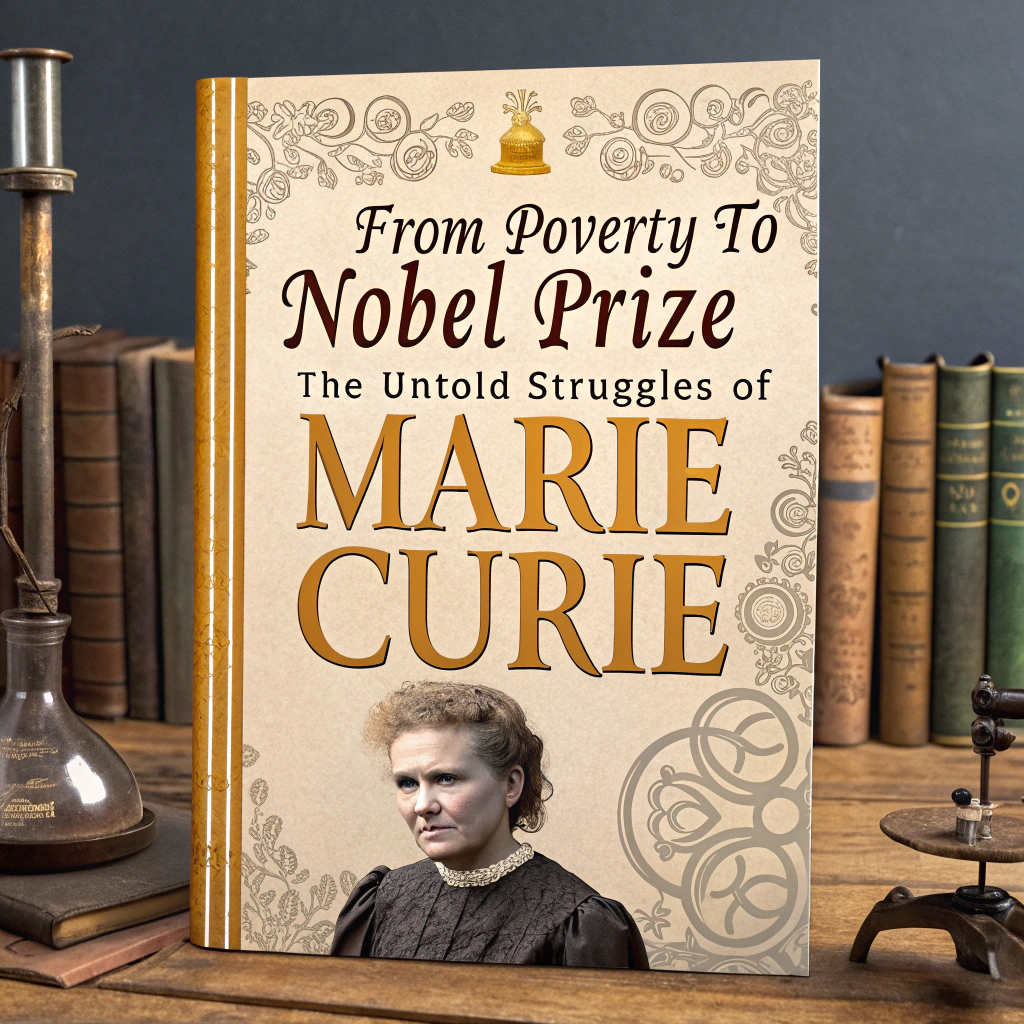From Poverty to Nobel Prize: The Untold Struggles of Marie Curie
Ever wondered what it takes to go from sleeping on a freezing attic floor to winning not one, but two Nobel Prizes? Marie Curie’s story isn’t just about groundbreaking scientific discoveries it’s about raw determination, crushing poverty, and breaking barriers that seemed impossible to cross.
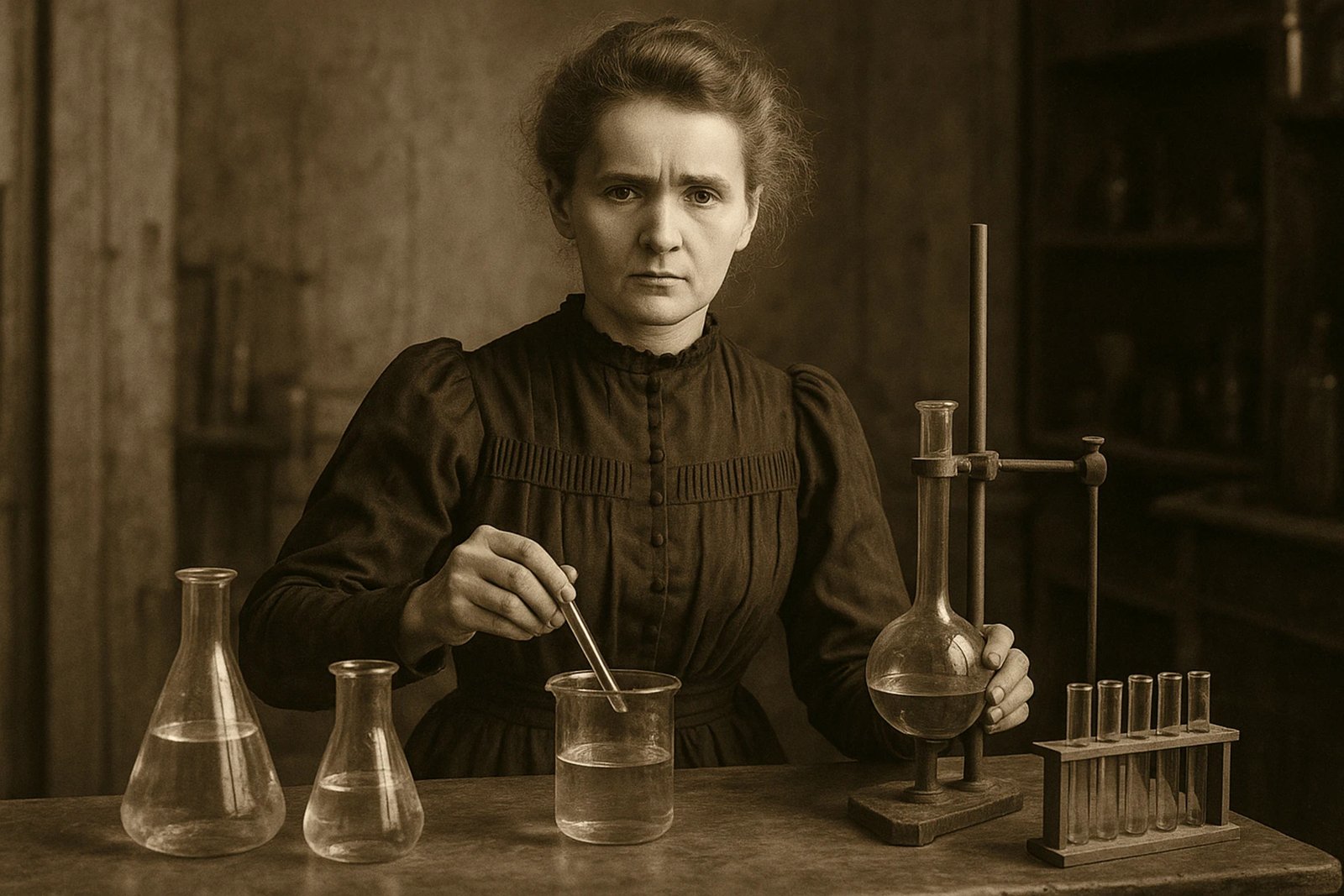
The Girl Who Dreamed Beyond Warsaw’s Limits
Picture this: a young Polish girl, barely scraping by in Russian-occupied Warsaw, dreaming of laboratories and scientific breakthroughs. That was Maria Sklodowska later known as Marie Curie—whose journey from poverty to scientific royalty reads like a Hollywood script.
But here’s the thing her path wasn’t paved with privilege or connections. Nope, it was built on sheer willpower and an unshakeable belief that knowledge could change everything.
Growing Up Under Russia’s Iron Fist
Marie’s early years were not precisely what one would consider simple. Born in 1867, she spent her formative years in a Poland that formally did not exist on any map. The Russians had conquered and were not especially fond of Polish culture or schooling.
Wladyslaw, her father, was a mathematics and physics teacher who lost his life savings via poor investments. Talk about starting life on hard mode! Young Maria saw her parents give everything for their children’s education as the family struggled financially.
Honestly, this early exposure to hardship shaped Marie’s incredible resilience. She learned that nothing worthwhile comes easy a lesson that would serve her well in the years ahead.
The Governess Years: Building Dreams on Empty Pockets
Here’s where Marie’s story gets really interesting. Since women couldn’t attend university in Poland, and her family couldn’t afford to send her abroad, Marie struck a deal with her sister Bronya that would make any entrepreneur proud.
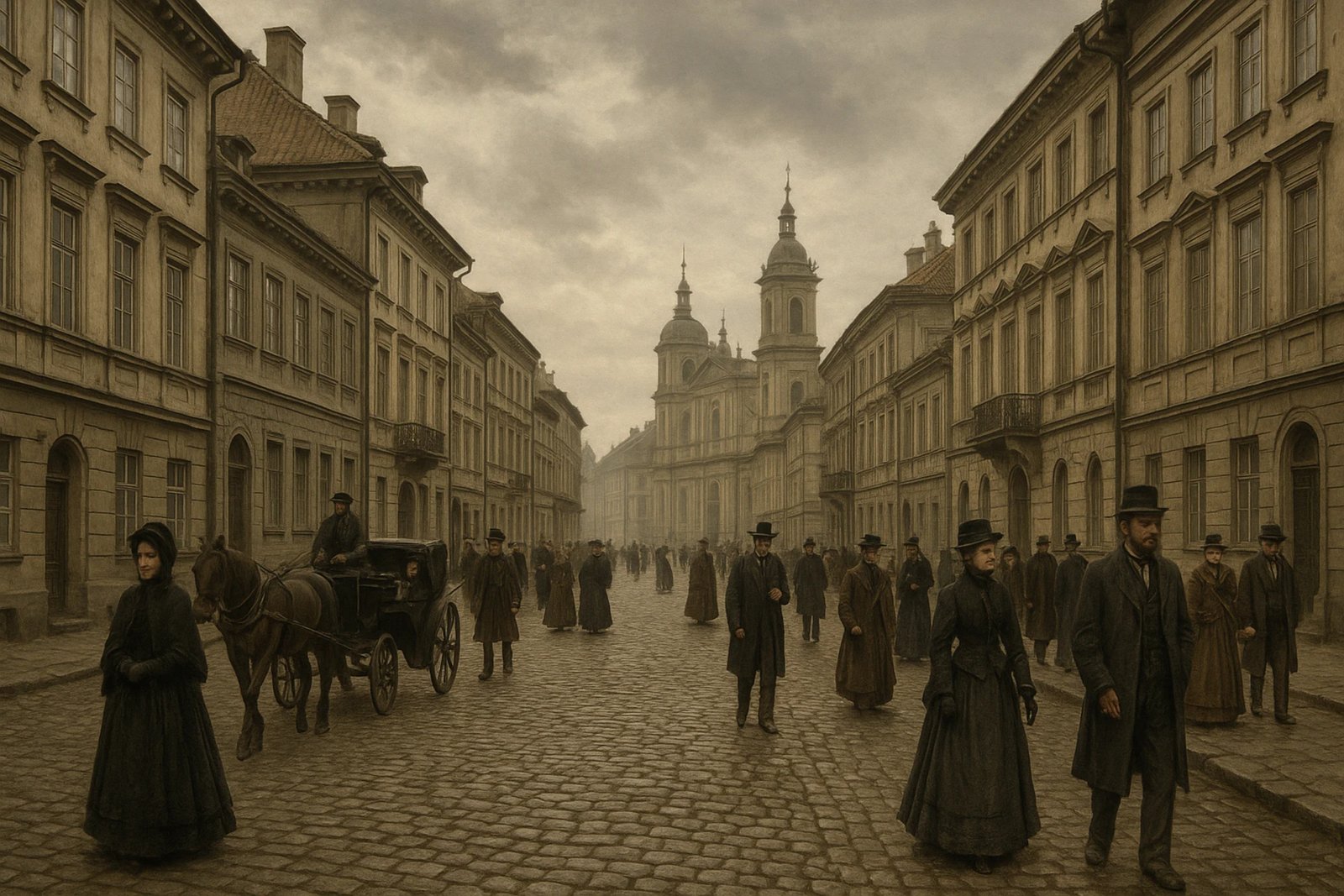
The Sister Pact That Changed Everything
They called it the “sister pact.” Marie would work as a governess, sending money to support Bronya’s medical studies in Paris. Once Bronya graduated and found work, she’d return the favor. Pretty clever, right?
For six grueling years, Marie taught the children of wealthy families while secretly conducting chemistry experiments in her spare time. She was literally building her future one small experiment at a time.
But let’s dive into the real struggle here imagine being brilliant, curious, and passionate about science, yet stuck teaching basic arithmetic to kids who couldn’t care less. That’s the definition of delayed gratification.
Paris The City of Light and Sleepless Nights
In 1891, at age 24, Marie finally made it to Paris. But don’t picture some romantic movie scene this was survival mode, pure and simple.
Living on Bread and Dreams
Marie leased a Latin Quarter sixth floor attic that was so cold water would freeze in her washbasin during winter. She subsisted on chocolate, bread, and sporadic eggs. She once fainted during a lesson about malnutrition and anemia, too.
Her circumstances were harsh to the extreme, yet she remained committed and devoted. She used to study with candles until very late and then she would go to the Sorbonne to take the lectures. This was not merely misery, this was suffering with a goal.
She never gave up despite her extremely difficult life. Still getting up early to go to Sorbonne lessons, she studied by candlelight late into the night. It was poverty with a goal, not just plain poverty.
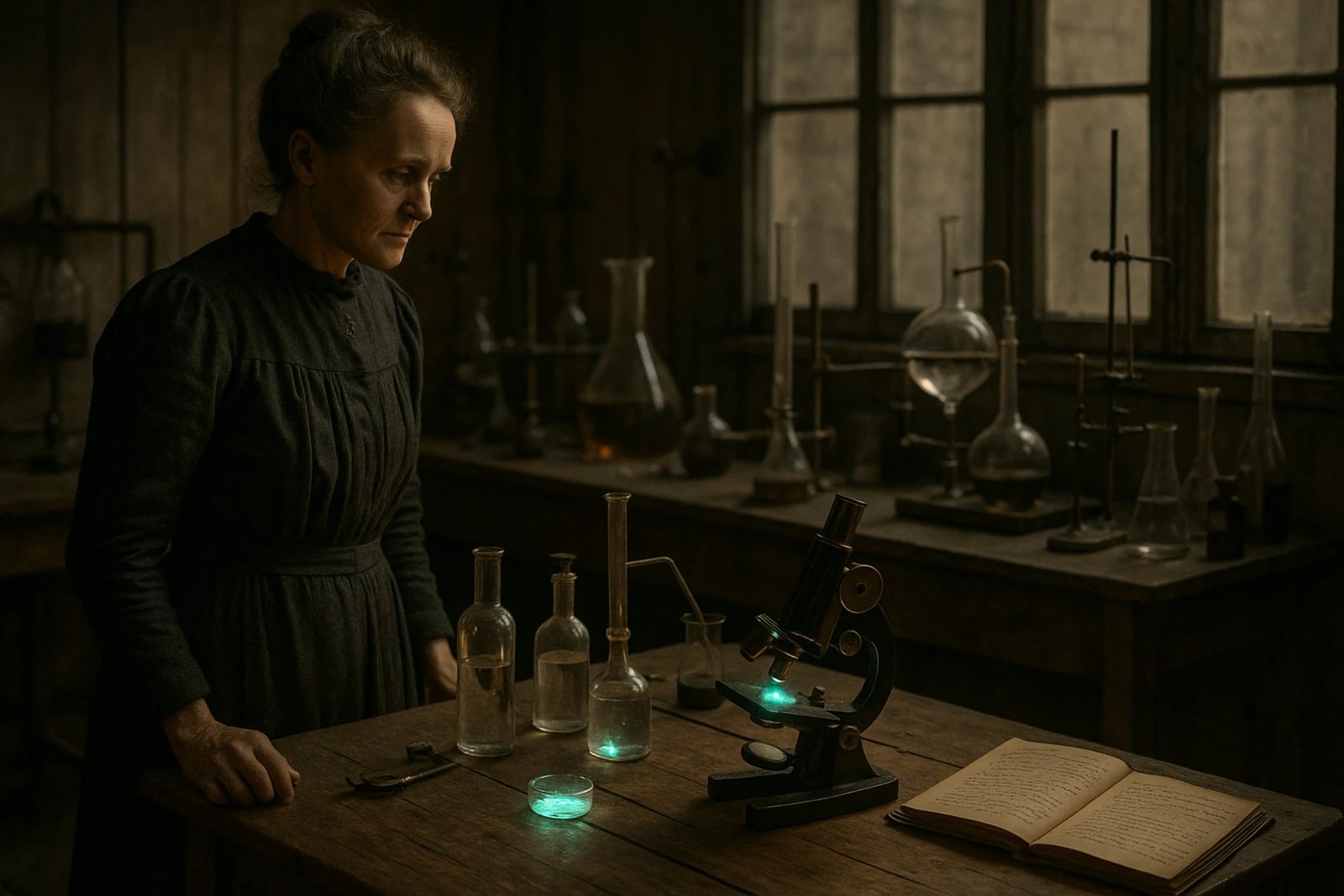
Academic Excellence Against All Odds
Despite these hardships (or maybe because of them), Marie graduated first in her physics degree and second in her mathematics degree. She proved that brilliance doesn’t require privilege it requires persistence.
Let’s take a pause here. Consider your own difficulties. Are they truly impassable? Marie’s story implies that our constraints frequently lie more in our brains than in actual fact.
Meeting Pierre A Partnership That Changed Science Forever
In 1894, Marie met Pierre Curie, a brilliant physicist eight years her senior. Their connection wasn’t just romantic it was intellectual, scientific, and deeply collaborative.
Love in the Laboratory
Pierre saw something special in this determined Polish woman. He wrote to her: “It would be a beautiful thing, a thing I dare not hope, if we could spend our life near each other, hypnotized by our dreams: your dream for your country, our dream for humanity, our dream for science.”
That’s what I term a power couple at work. They married in 1895, and their honeymoon was: Talking scientific ideas on a cycling tour around the French countryside. Marie Curie alone would transform her honeymoon into a movable think tank.
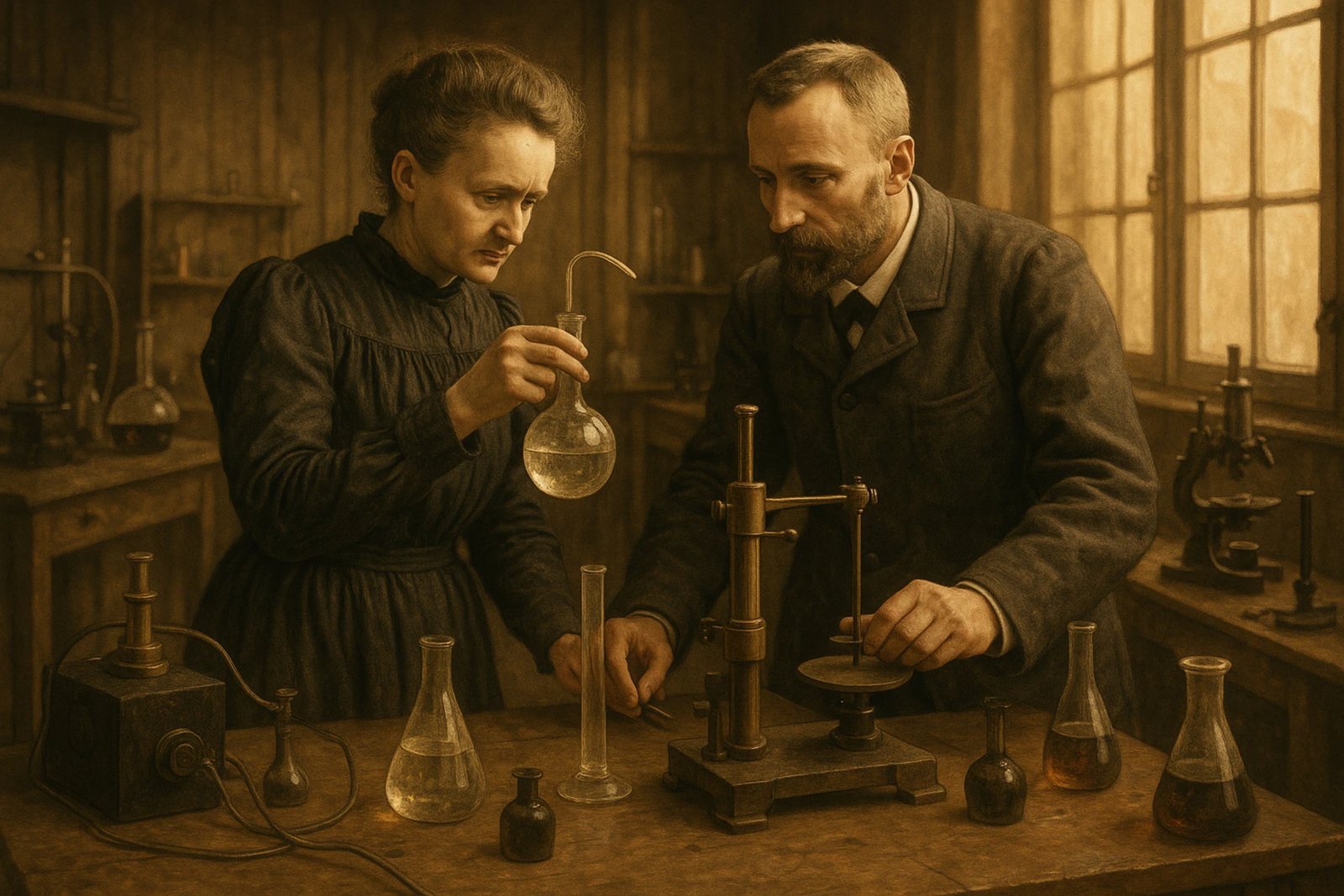
The Radium Years Breakthrough and Heartbreak
This is where Marie’s story gets both triumphant and tragic. Her research into radioactivity (a term she coined, by the way) would earn her worldwide recognition but at a tremendous personal cost.
Four Years in a Freezing Shed
From 1898 to 1902, Marie and Pierre worked in what can only be described as a glorified shed. No heating, no proper ventilation, just pure determination and tonnes of pitchblende ore that needed processing.
Marie mixed ore that was in large and boiling vats with an iron rod that was almost the same height as her. She went over a lot of materials in order to obtain only one small part of one pure radium gram. In fact, that is the definition of true needle, in, a, haystack determination.
The Glow of Success (Literally)
The radium samples would glow in the dark, creating an ethereal blue green light that fascinated both scientists. Marie kept test tubes of radium salts in her desk drawer and by her bedside not knowing the health risks we understand today.
This period showcased Marie’s incredible work ethic. While other scientists theorized, she rolled up her sleeves and did the backbreaking physical work necessary for discovery.
Tragedy Strikes Losing Pierre
Just as recognition was coming their way, tragedy struck. In 1906, Pierre was killed in a street accident, leaving Marie widowed with two young daughters and a half-finished research program.
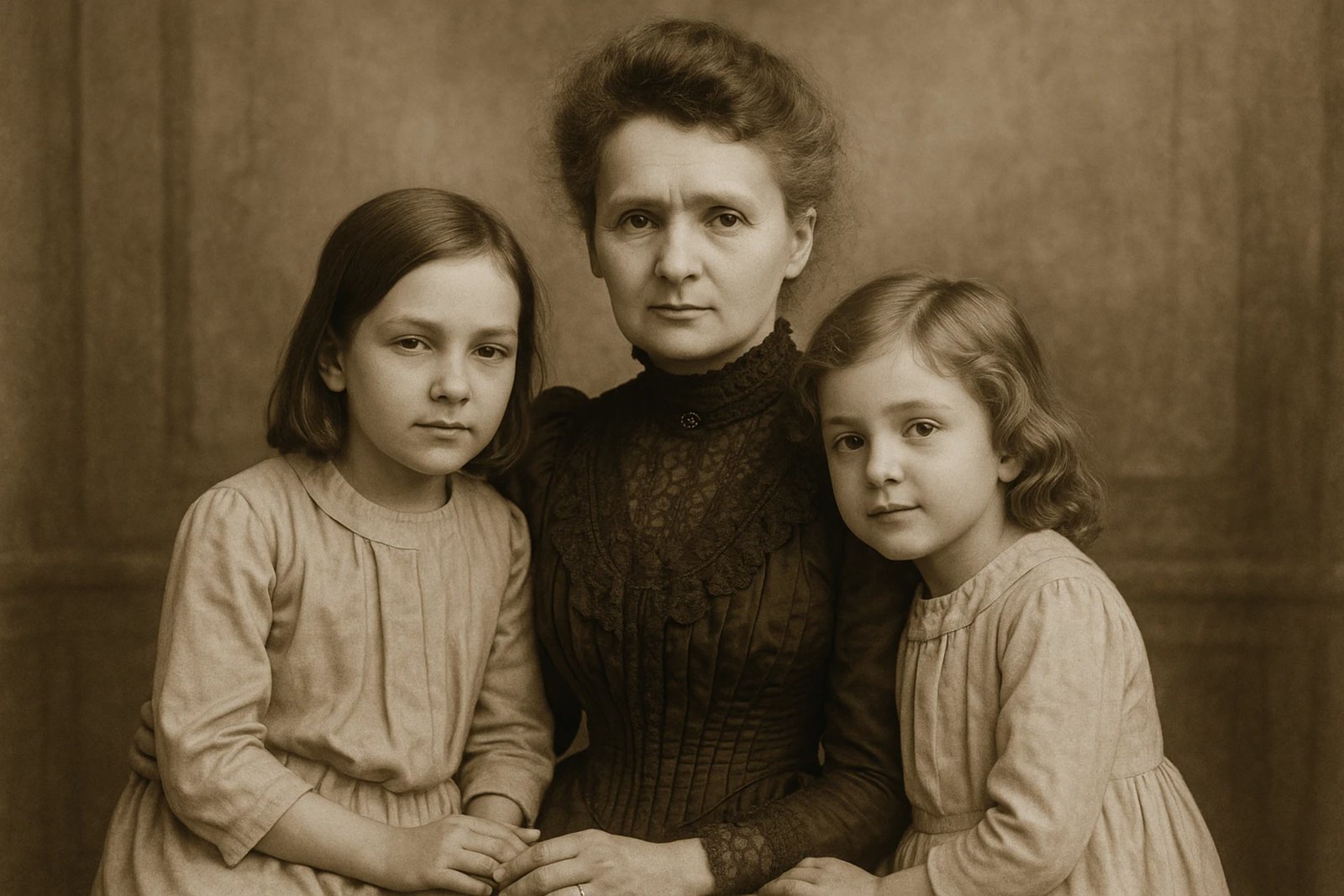
Rising from the Ashes
Most people would have crumbled under such pressure. Marie? She doubled down. She became the first female professor at the Sorbonne, taking over Pierre’s teaching position. She continued their research solo, driven by both scientific curiosity and Pierre’s memory.
Honestly, this period shows Marie’s true character. She transformed grief into fuel for even greater achievements.
Breaking Barriers First Woman to Win a Nobel Prize
In 1903, Marie became the first woman to win a Nobel Prize, sharing the Physics prize with Pierre and Henri Becquerel for their work on radioactivity. But here’s the kicker she almost wasn’t included.
Fighting for Recognition
At first the Nobel Committee just wanted to honor Pierre and Becquerel. Pierre had to push Marie included and threatened to reject the prize if she wasn’t acknowledged. Imagine if he had not come forward for her.
This highlights a frustrating reality that many women in science still face today having their contributions overlooked or minimized.
Making History Again The Second Nobel Prize
In 1911, Marie made history again by becoming the first person to win Nobel Prizes in two different sciences this time in Chemistry for discovering radium and polonium.
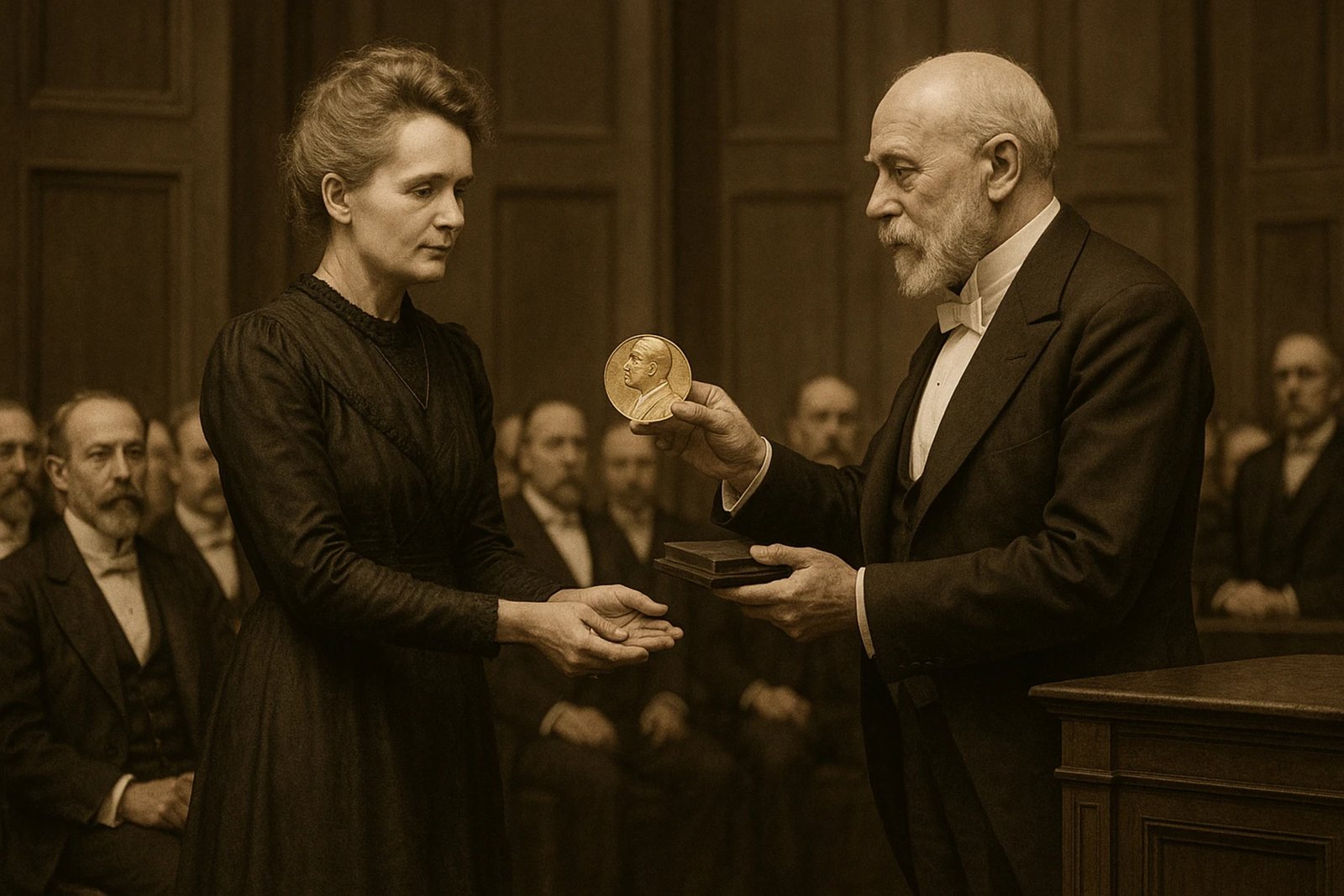
Standing Alone This Time
This second Nobel Prize was hers alone. No shared credit, no fighting for recognition. She’d proven beyond any doubt that her scientific contributions were extraordinary.
But even this triumph came with challenges. The press criticized her for being a “foreign Jewish homewrecker” (she was actually Catholic and Polish, but facts didn’t matter much to tabloid journalism then either).
The Legacy That Keeps on Giving
Marie Curie’s influence extends far beyond her scientific discoveries. She paved the way for countless women in STEM fields and showed the world that brilliance has no gender.
World War I Mobile X-Ray Units
Marie made portable X, ray machines, also known as “petites Curies, ” during World War I. She was in charge of these machines that she brought to the battlefields and thus, she was able to make a great contribution to the rescue of the soldiers. It is to be noted that, though the war was on, she still managed to utilize science for the good of mankind.
The Curie Dynasty
Both of Marie’s daughters achieved remarkable success. Irène won the Nobel Prize in Chemistry in 1935, making the Curies the family with the most Nobel Prizes to date. Now that’s what I call a family business!
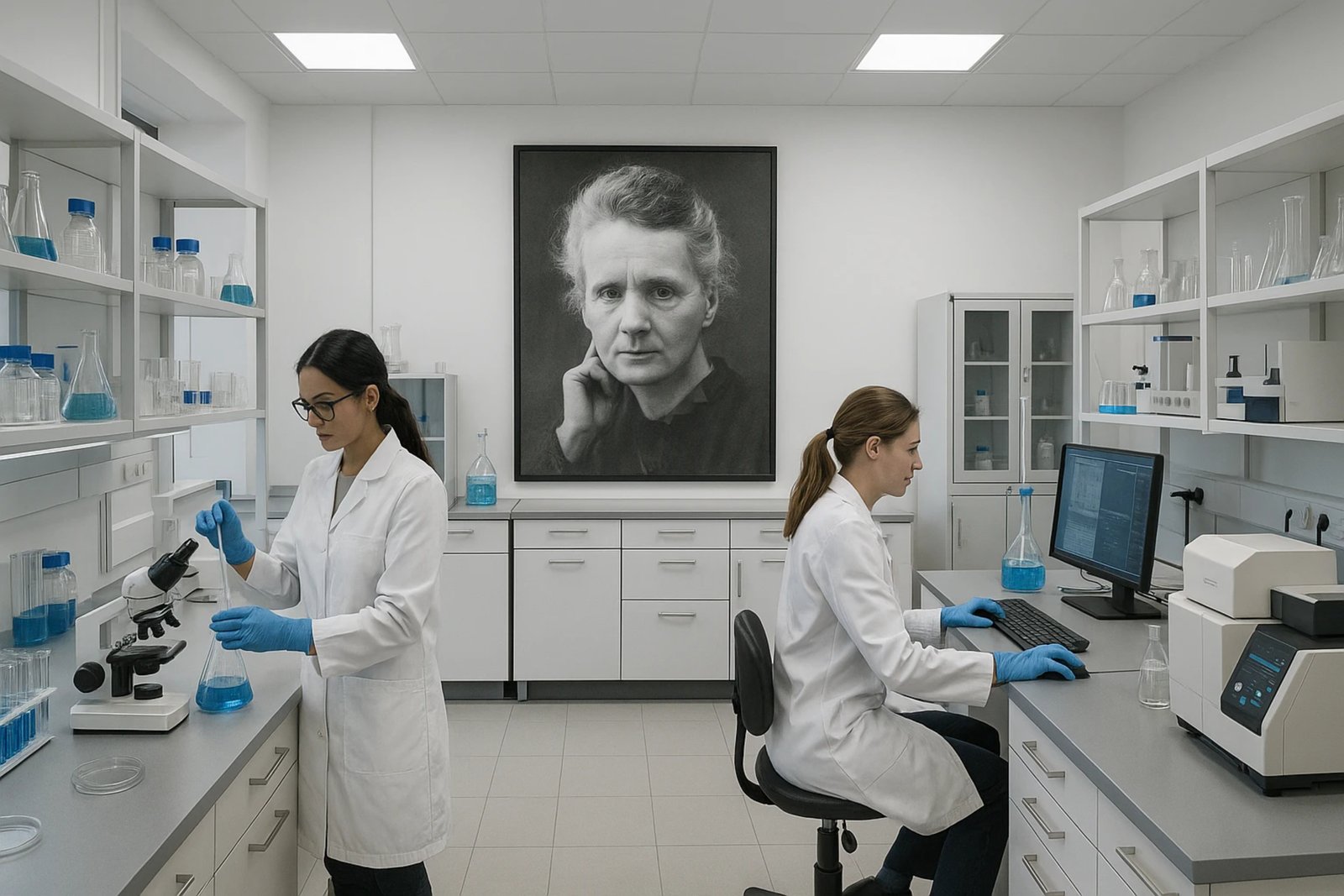
Lessons from Marie’s Journey
What can we learn from Marie Curie’s incredible journey from poverty to scientific royalty? Here are the key takeaways
Persistence Beats Privilege
Marie didn’t have wealthy parents, influential connections, or easy opportunities. What she had was unwavering persistence and an unshakeable belief in her abilities.
Collaboration Amplifies Success
Her partnership with Pierre shows that great achievements often result from collaboration, not just individual brilliance.
Adversity Builds Character
Every challenge Marie faced poverty, sexism, tragedy seemed to make her stronger and more determined.
Frequently Asked Questions
How many Nobel Prizes did Marie Curie win?
Marie Curie won two Nobel Prizes: the 1903 Nobel Prize in Physics (shared with Pierre Curie and Henri Becquerel) and the 1911 Nobel Prize in Chemistry (awarded solely to her).
What were Marie Curie’s most important discoveries?
Marie Curie discovered the elements polonium and radium, coined the term “radioactivity,” and developed mobile X-ray units during World War I. Her research laid the foundation for modern atomic physics and chemistry.
How did Marie Curie die?
Marie Curie died in 1934 from aplastic anemia, likely caused by prolonged exposure to radiation during her research. At the time, the dangers of radioactivity weren’t well understood.
What challenges did Marie Curie face as a woman in science?
Marie faced significant gender discrimination, including initial exclusion from her first Nobel Prize nomination, difficulty accessing higher education in Poland, and constant scrutiny from the press. She persevered through these obstacles to become one of history’s greatest scientists.
How did Marie Curie balance motherhood and her scientific career?
Marie Curie raised two daughters while maintaining her research career, often bringing them to the laboratory. She emphasized education and scientific curiosity, with both daughters pursuing successful careers in science.
The Bottom Line Dreams Don’t Have Expiration Dates
Marie Curie’s story proves that extraordinary achievements don’t require extraordinary circumstances they require extraordinary determination.
From that freezing attic in Paris to the Nobel Prize podium, Marie showed us that poverty might slow you down, but it doesn’t have to stop you. Sexism might block some doors, but persistence can find other ways forward.
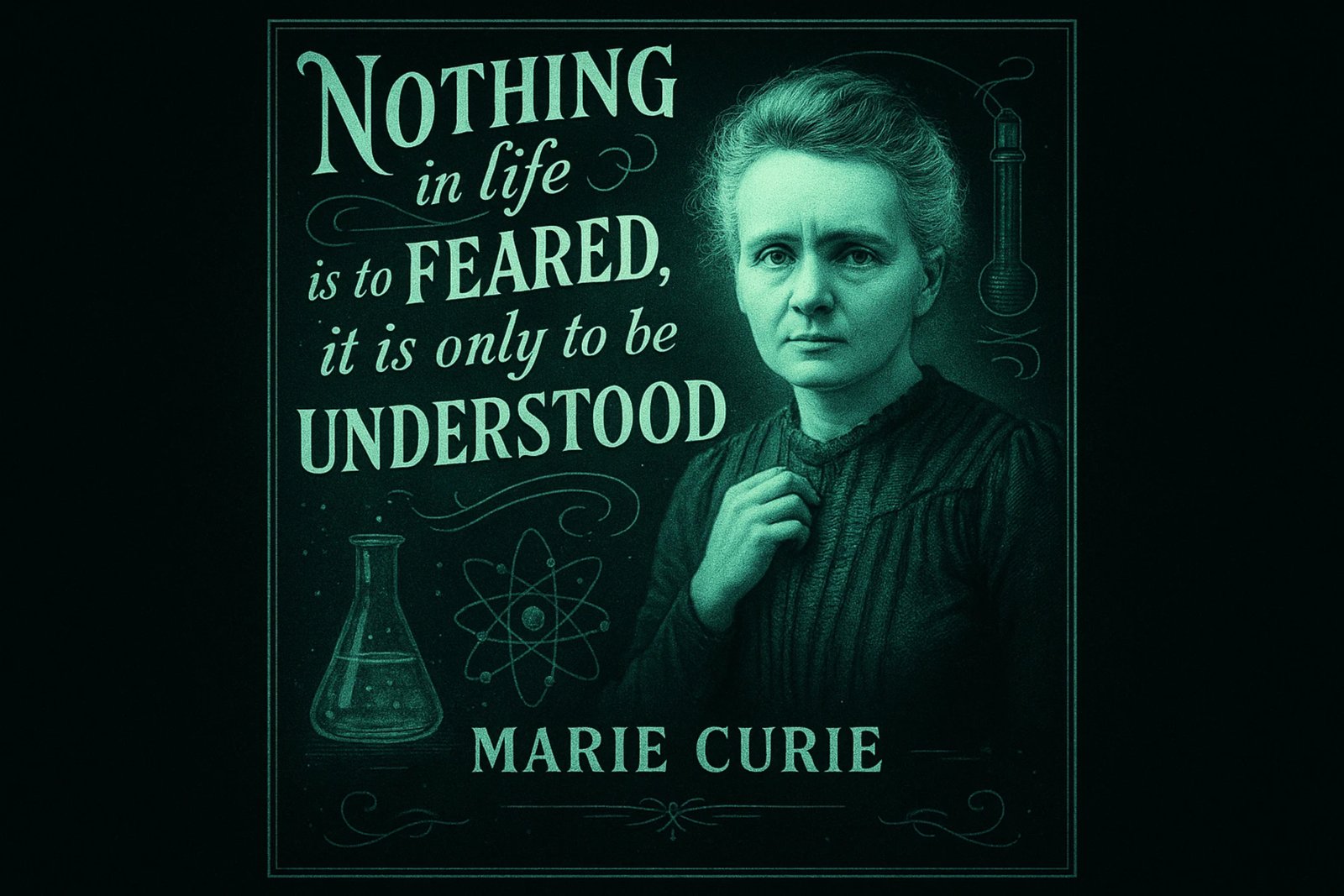
For roughly 1,500 years, Marie’s journals from the 1890s are still radioactive. At the National Library in Paris, they are kept in lead-lined boxes. Her historic notes are also pieces of history.
Ready to Write Your Own Success Story?
Marie Curie’s journey reminds us that every expert was once a beginner, every pro was once an amateur, and every icon was once an unknown. The difference? They never gave up on their dreams.
What’s your “radium moment” waiting to be discovered? What barriers are you ready to break through?
Start your journey today. Whether you’re facing financial struggles, educational barriers, or societal expectations, remember Marie’s words: “Nothing in life is to be feared, it is only to be understood.”
To learn more about her inspiring legacy, you can explore her detailed biography on Wikipedia. For modern career guidance and motivation, platforms like Careerizo can help you carve your own path to success.

